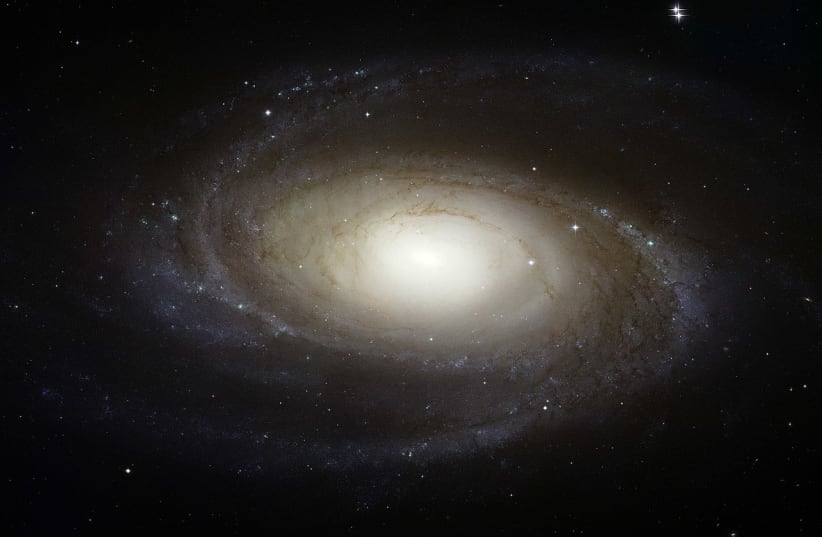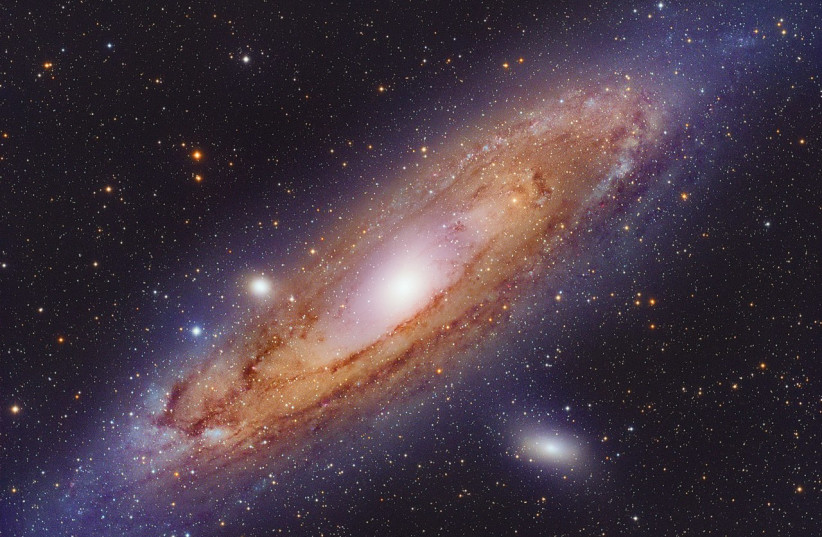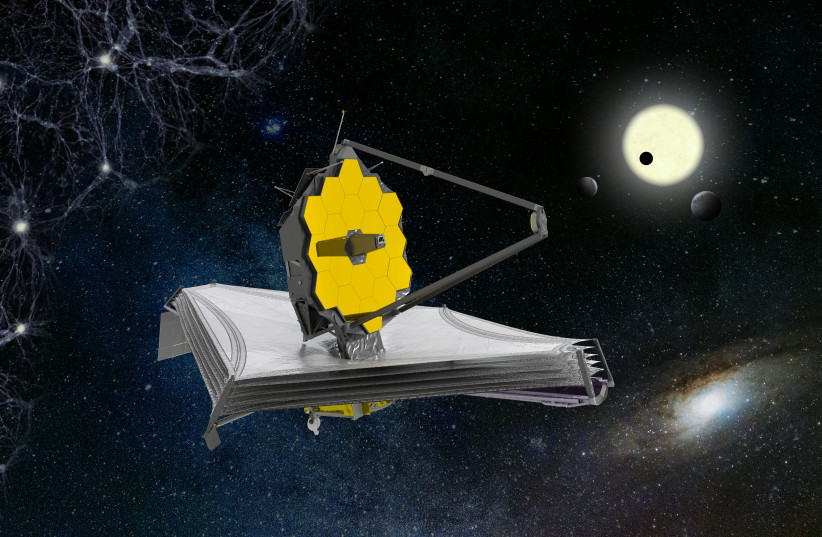Scientists have unambiguously proven the existence of four galaxies dating back to the early days of the universe, according to two new studies.
This confirmation was made thanks to NASA's James Webb Space Telescope, which is able to survey the universe in greater detail than any other available telescope, including studying objects from billions of years ago.
The findings of the studies were both published in the peer-reviewed academic journal Nature Astronomy.
What stands out the most is that all four galaxies found here date back to just 300-500 million years after the Big Bang – meaning over 13 billion years ago.
Galaxies back in time: What makes these four galaxies so unique?
The way the galaxies' ages were determined was through a certain quality known as redshift.
To oversimplify a highly complex element of astrophysics, redshift is a measure of speed that can be used to gauge distance. Basically, the light wavelength is stretched, and this makes the light appear to be redder.
When the reverse happens, the light will appear to be bluer – a phenomenon is known as blueshift – As the wavelength increases, it will appear redder, and when the reverse happens, it will appear bluer – a phenomenon known as blueshift.
This is very similar to the Doppler effect, the phenomenon when a sound changes depending on direction. A police siren will sound louder heading toward you than it will when going in the opposite direction. This is also the case with light. When something goes farther away, it will appear redder. When something is coming closer, it will appear bluer.
This is very important for astronomers as it is indicative of the ever-expanding nature of the universe and, therefore, how far away things are from Earth.
This, too, is the case with galaxies.
But does just because something is far away mean it's also older?
Technically, yes – at least, what we'll end up seeing is older than what we see when we look at things that are closer.
This is due to the relationship between distance and time.
Visual images and signals need to actually travel in order to be seen.
For example, the Sun is on average 150 million kilometers away from the Earth. Now, one might think that all sunlight that reaches Earth does so instantaneously, but that actually isn't true.
Light is a universal constant. It has a set speed it can travel (specifically 299,792,458 meters per second, assuming it is traveling in a vacuum without any interference). This is very fast, but it isn't instantaneous.
With this speed in mind, we know that it takes light from the Sun a little over eight minutes to reach Earth. That means when we look at the Sun, we aren't seeing a live image of what is actually happening on the Sun. We're actually seeing what was happening on the Sun around eight minutes prior.
Now take this idea and expand the scale so it applies across the universe. All stars emit light, which we can see. But the farther away the star is, the older what we're seeing is. If you're looking at a very distant star, you're actually seeing what happened a very long time ago.
Because of this, it is important to note that the James Webb Space Telescope can, technically, see back in time. It can see so far away that it ends up seeing distant stars and galaxies – not as they are now, but as they were back when that light was first emitted.
So now let's talk about these four large and ancient galaxies.
Seeing back in time: What are the four ancient galaxies?
The four galaxies identified using the James Webb Space Telescope have been designated JADES-GS-z10-0, JADES-GS-z11-0, JADES-GS-z12-0 and JADES-GS-z13-0. The former two were previously known due to imaging taken by the Hubble Space Telescope while the latter two are new discoveries.
There are two very interesting things about these four galaxies though, each of which is focused on in a different paper.
The first thing to note is size. According to estimates made by the scientists behind the study using the James Webb Space Telescope's near-infrared camera instrument, each galaxy should have enough stars to collectively weigh 100 million solar masses – with one solar mass being equal to the mass of our Sun.
This isn't too spectacular at first glance – after all, our Milky Way Galaxy is estimated by NASA to weigh as much as 1.5 trillion solar masses. But it does make sense given the relatively young age of the galaxies.
Then take into account the second thing to note: Composition.
Stars, and by extension galaxies, are rich with a vast number of different elements, ranging from hydrogen and helium – by far the two most abundant – and metals – which technically constitute everything else, ranging from oxygen and nitrogen to carbon and iron.
However, these four galaxies are significantly lacking in metals.
Another of the James Webb Space Telescope's capabilities is to scan an object's spectrum to figure out the composition of different elements. In other words, it can see what things are made out of.
Because of this, the researchers were able to figure out that there isn't much in the way of more complex elements like oxygen and carbon.
What does this mean?
Well, it means that the stars are, as expected, very young.
Over time, stars are able to produce heavier elements by processing the abundance of hydrogen and helium. But these stars haven't done that yet – or rather, they haven't yet had the time to properly do so in enough quantities that it would be visible.
These both are important because it is a look at not only the formation of galaxies but the formation of what may be the first generation of galaxies to exist in the universe.
This makes sense, too. It is believed by many scientists that the Milky Way is also roughly as old. It is possible, then, that we are now closer to understanding the formation of our own cosmic home turf.


